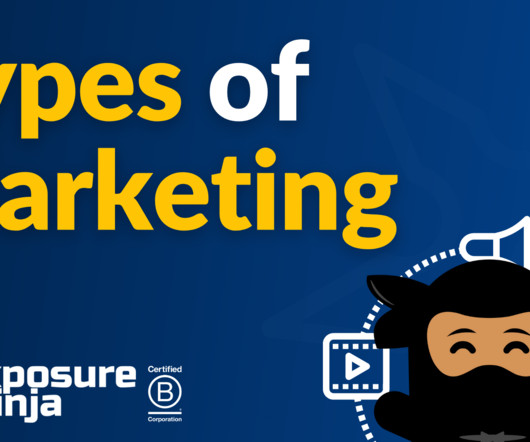What Are the Different Types of Marketing?
Exposure Ninja
OCTOBER 16, 2023
Marketing is most commonly split into two distinct categories — traditional and digital. Traditional marketing refers to marketing that is done offline — in magazines, newspapers, on TV and the radio, at events or in the form of billboards and posters in public spaces. million adults in the UK listen to the radio.














Let's personalize your content